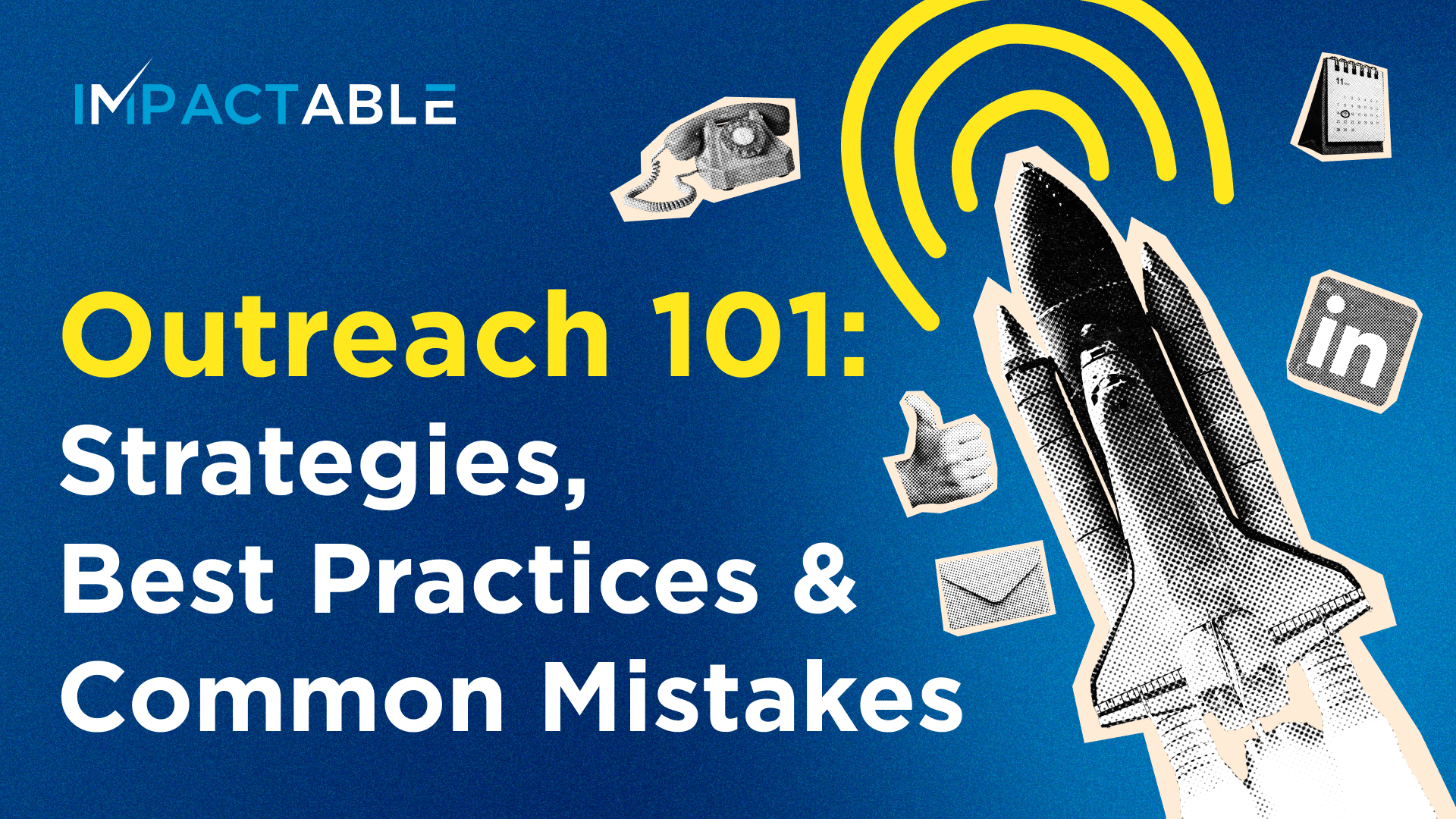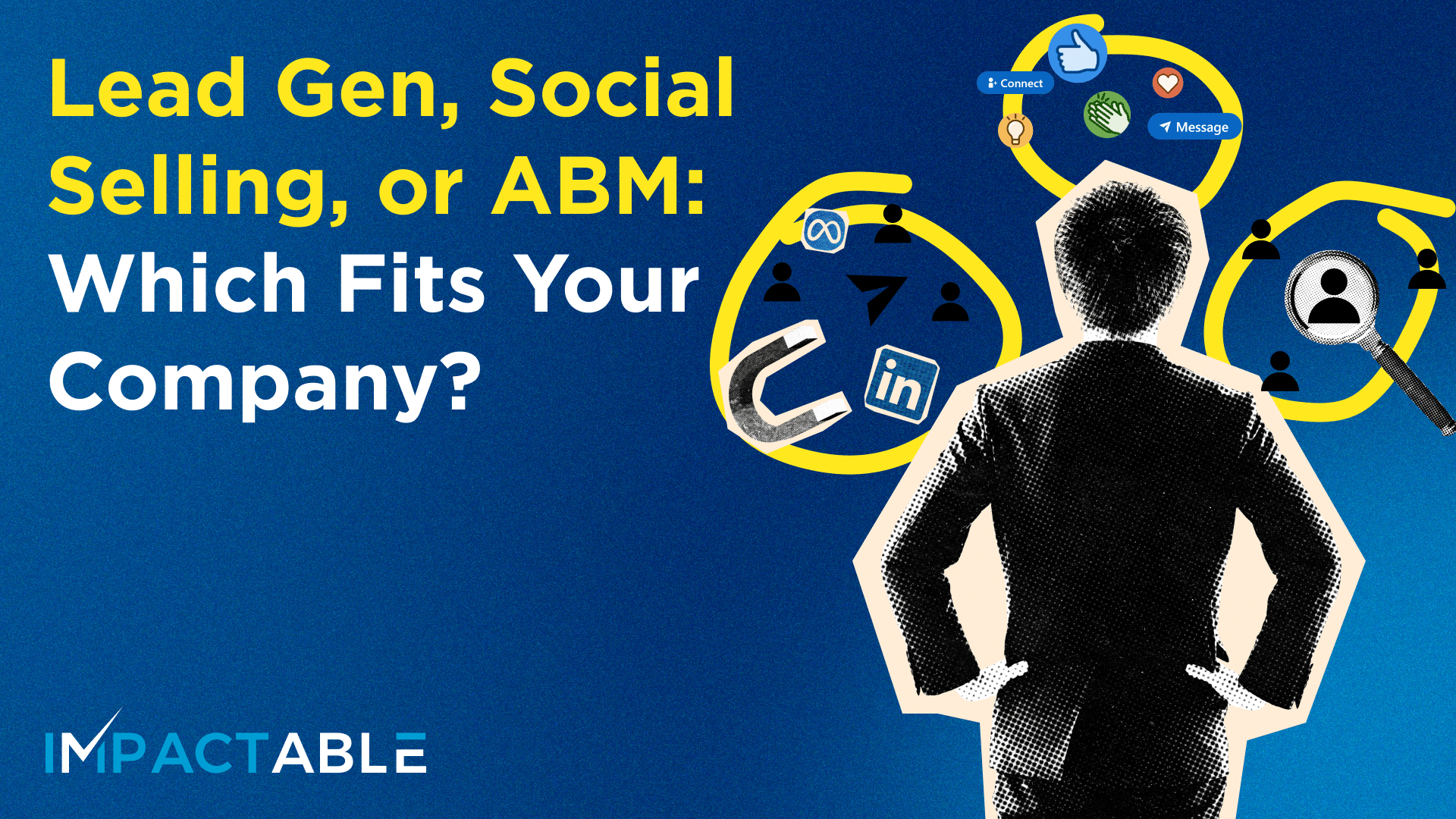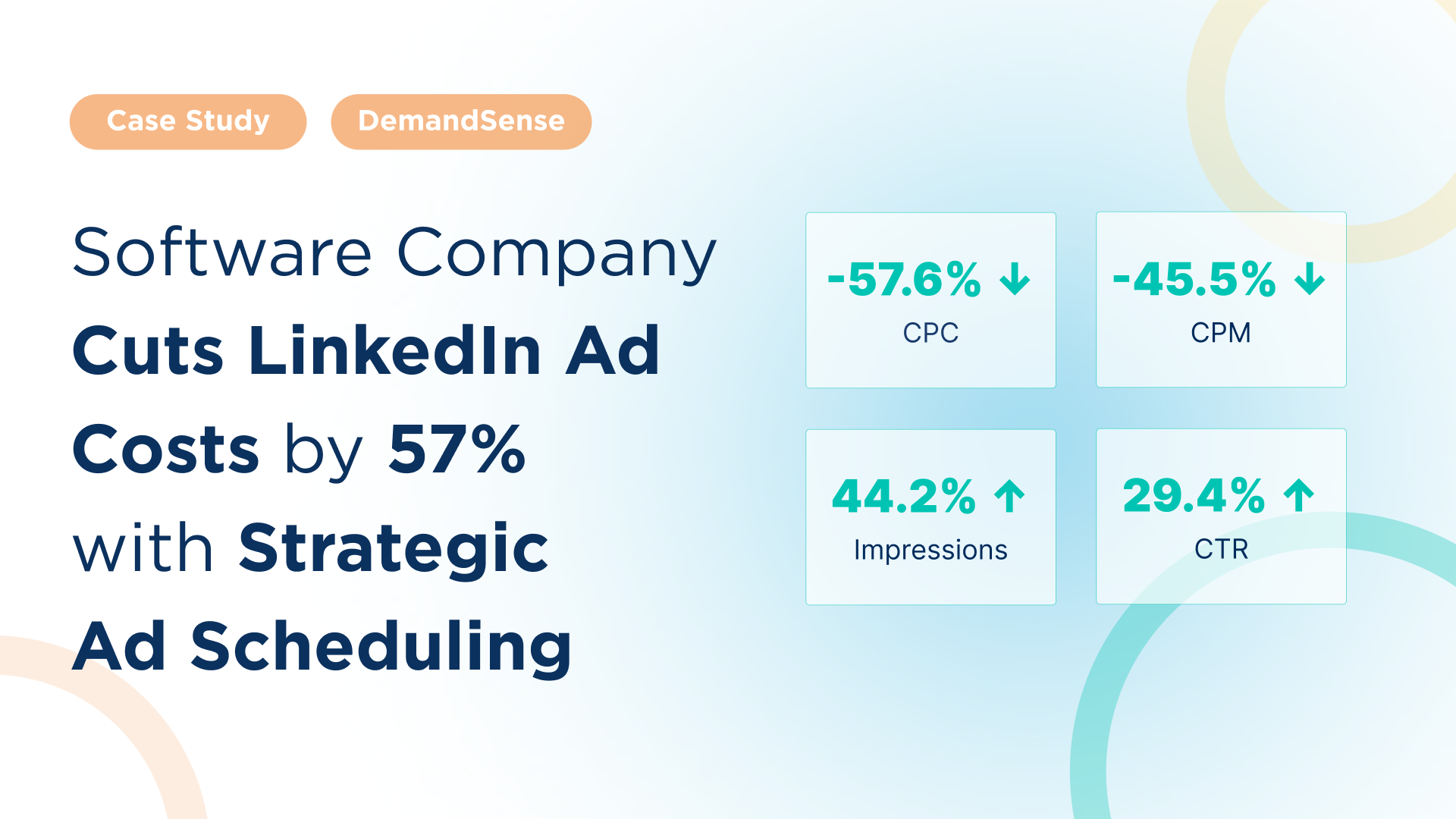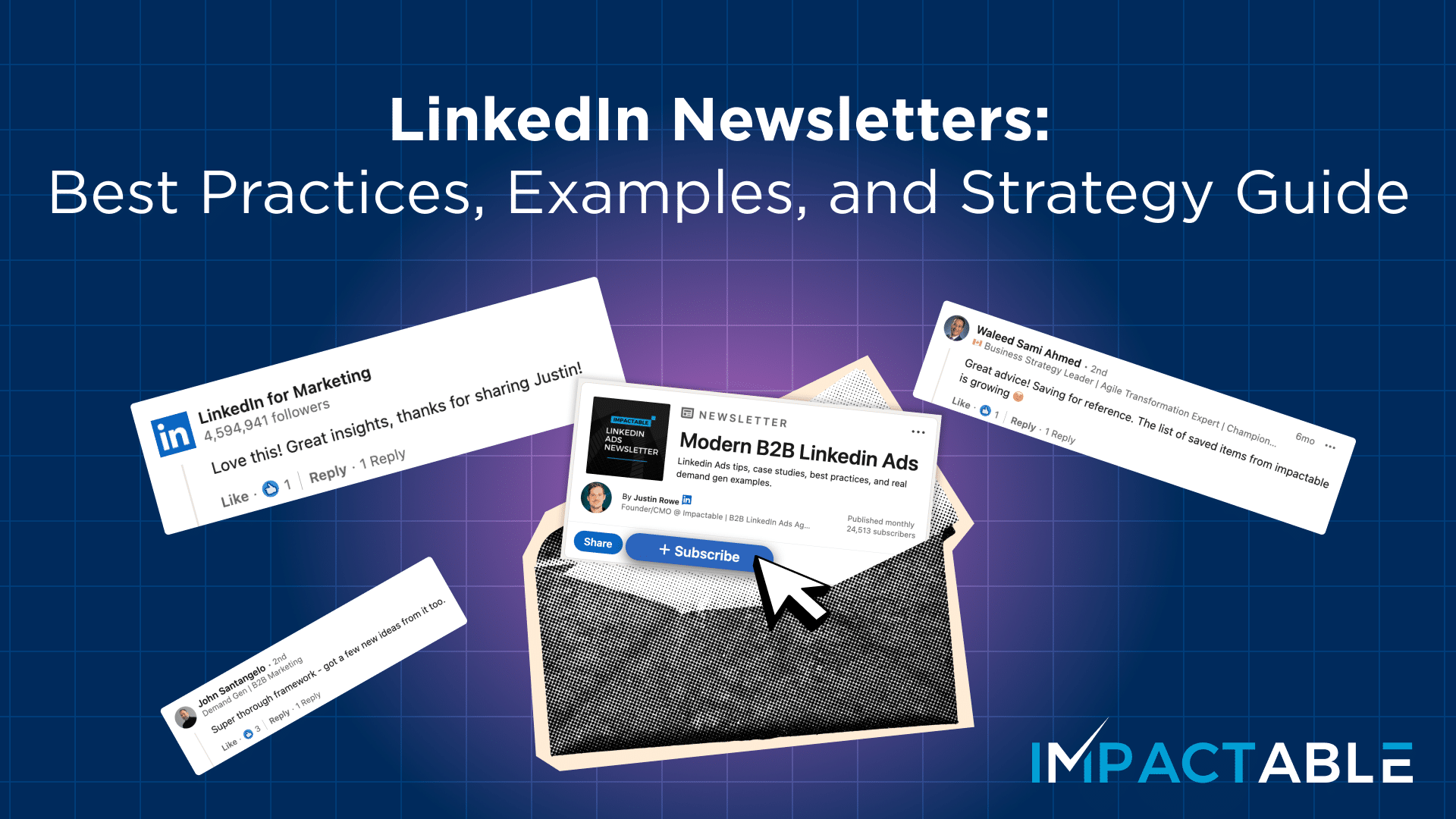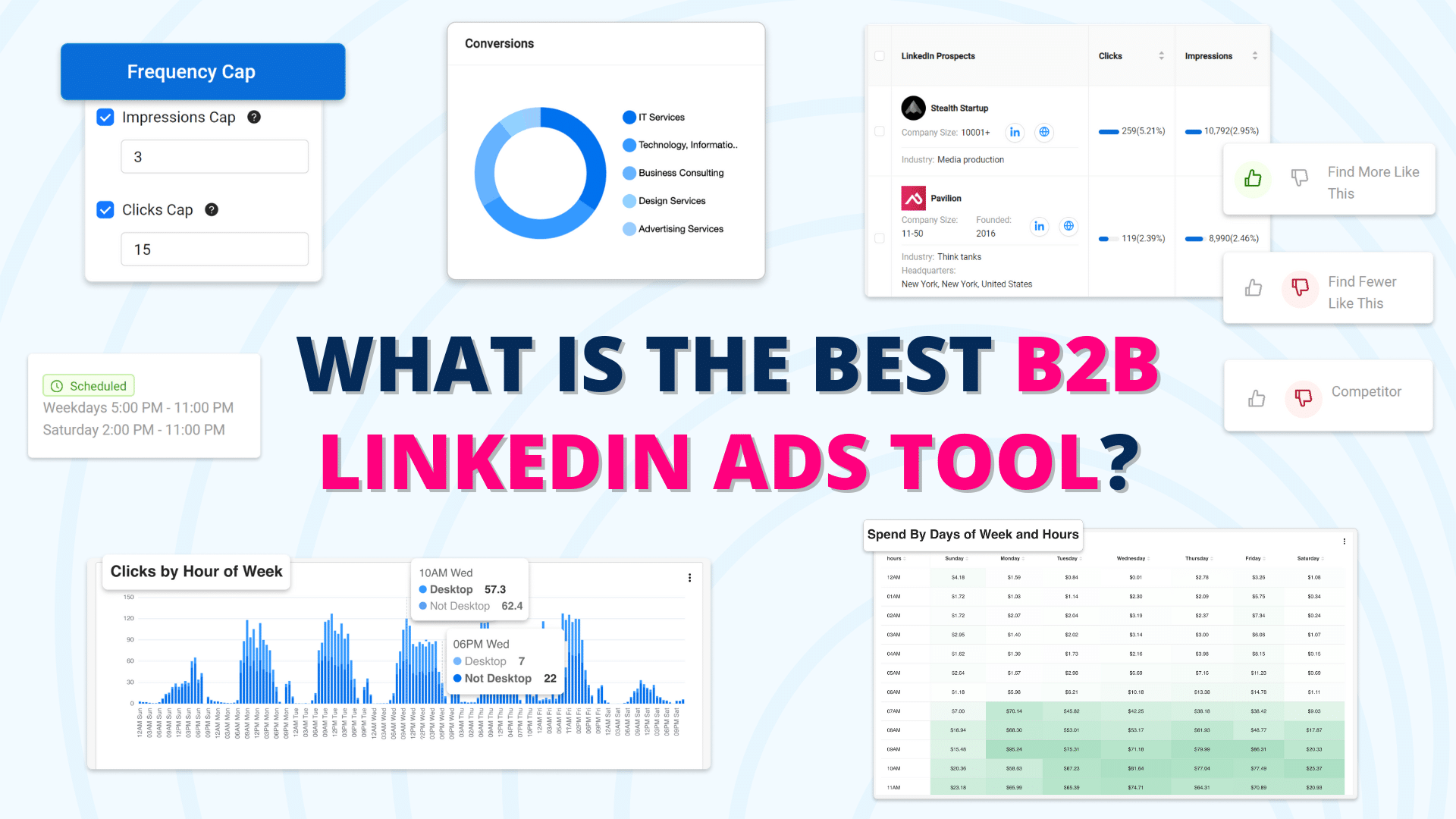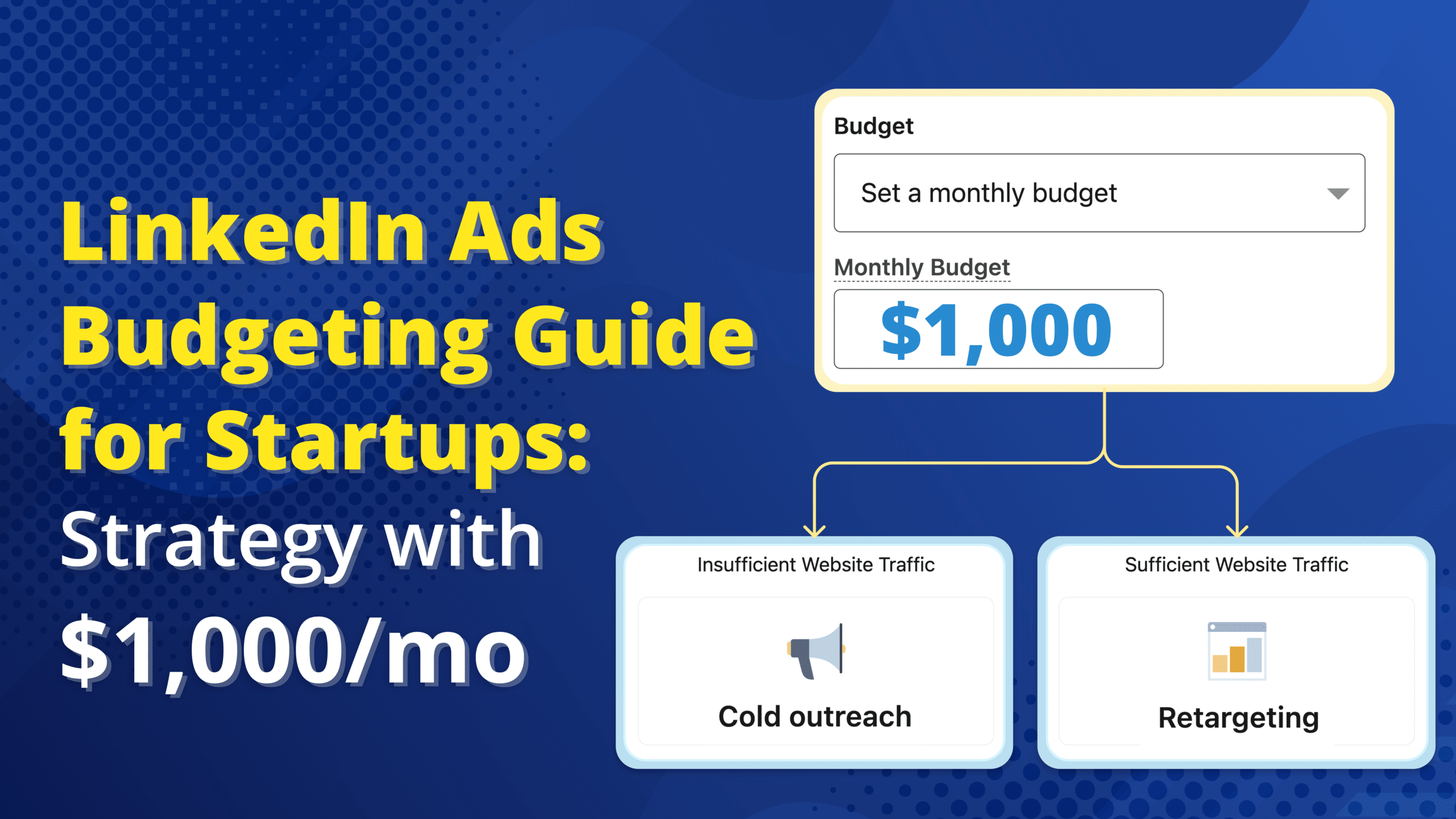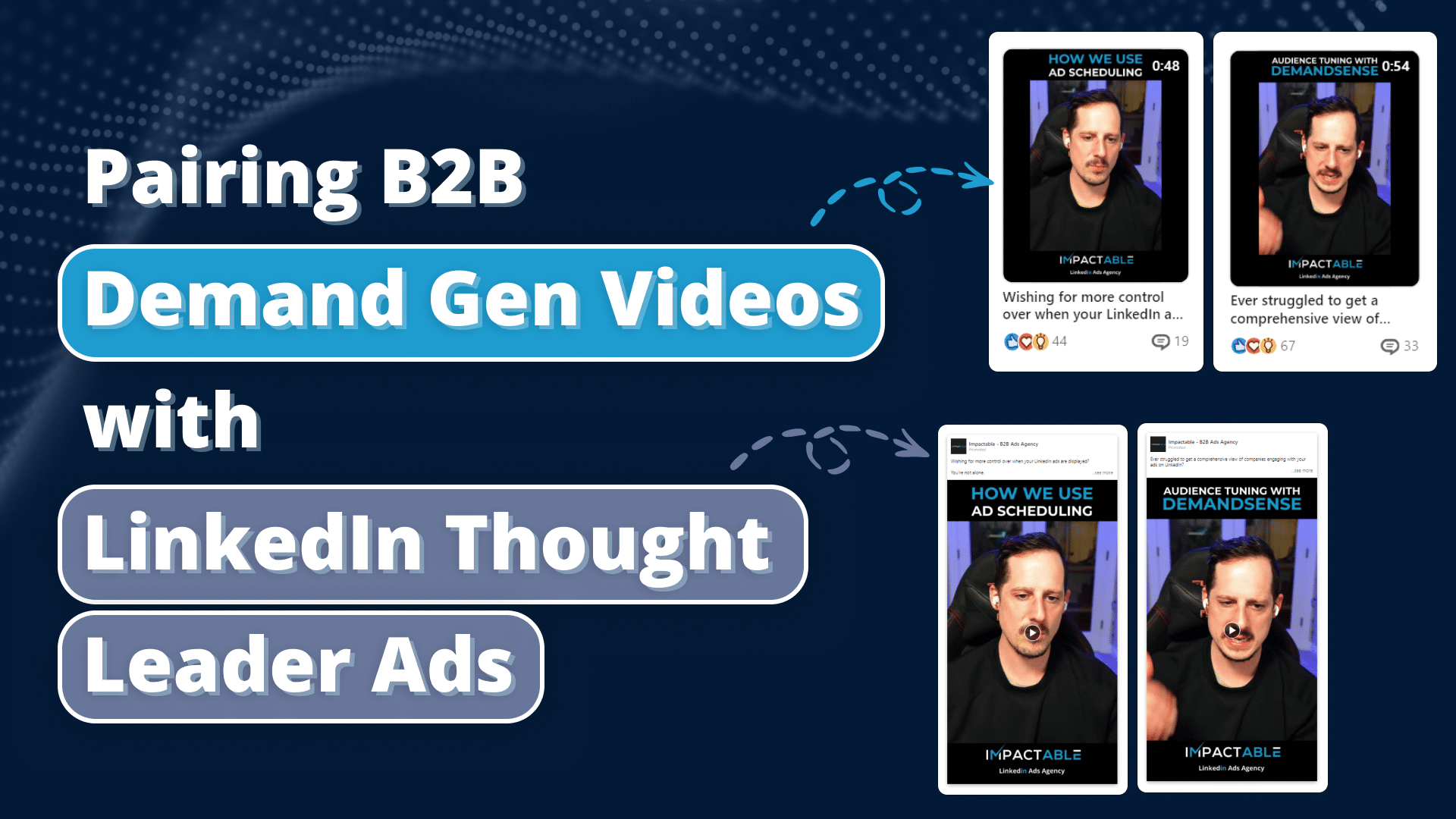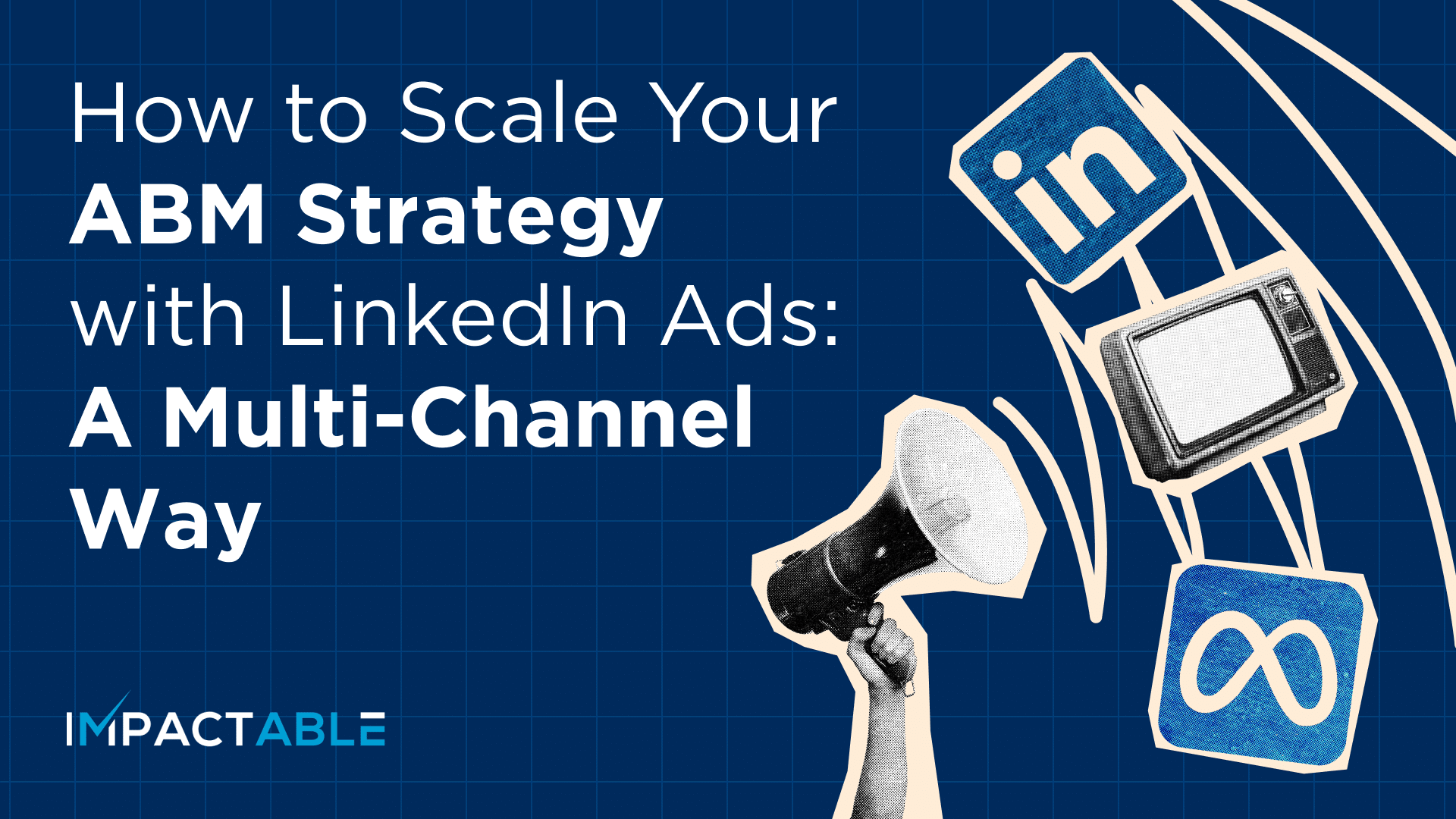Ever sent a cold email or LinkedIn message and got zero replies? It happens to everyone. Having the right outreach strategy makes the difference between getting ignored and actually starting real conversations.
Whether you’re trying to land backlinks, book sales meetings, or get media coverage, outreach is at the core of it all. When done well, it can open doors to partnerships, authority, and real business growth.
In this guide, we’ll break down different types of outreach, what actually works, and the common mistakes that make people hit “delete” without a second thought. Let’s get into it.
Table of contents
Different Types of Outreach
1. Email Outreach
Email outreach is a go-to for sales, guest posting, link building, and PR. Done right, it starts valuable conversations. Done wrong, it gets ignored.
Cold vs. Warm Email Outreach
- Cold email – Reaching out to someone who doesn’t know you. Tougher but works with the right approach.
- Warm email – Contacting someone who has engaged with you before. Higher success rate.
Pros and Cons
✔️ Scalable, easy to personalize, works across industries
❌ Can land in spam if not done well, requires follow-ups
2. Social Media Outreach
Social media is great for connecting, but cold DMs rarely work. Engage first, message second.
Best Platforms
- LinkedIn – B2B networking
- Twitter/X – Quick convos
- Instagram/Facebook – Influencer collabs
Quick Tips
- Engage with their content before reaching out
- Keep messages short and natural
- Avoid copy-paste pitches
Pros and Cons
✔️ Direct, casual, and easy to build relationships
❌ Gets ignored if done wrong, hard to scale
3. Cold Calling
Cold calling still works when done right, but it needs a targeted approach. With the right cold outreach strategy, you can reach the right people and make your efforts count.
When to Use It
- High-ticket B2B sales where personal touch matters
- Following up after initial outreach via email or LinkedIn
- Reaching decision-makers who don’t engage online
Pros and Cons
✔️ Direct, immediate feedback, and builds rapport quickly
❌ Requires strong sales skills and gets a lot of rejections
4. Referral Programs
Turning happy customers into your best salespeople is one of the easiest ways to grow.
How to Get Referrals
- Offer incentives like discounts, credits, or commissions
- Make it easy for customers to refer with shareable links or templates
- Proactively ask satisfied clients for introductions
Pros and Cons
✔️ Warmer leads, higher conversion rates, and low cost
❌ Requires an engaged customer base and clear incentives
5. LinkedIn Outreach
For B2B, LinkedIn is one of the best outreach channels. It’s more personal than email and gets higher response rates, when done right.
When to Use LinkedIn Over Email
- When targeting decision-makers who are active on LinkedIn
- To build relationships before making an ask
- When email response rates are low
Types of LinkedIn Outreach
- Connection Requests – Keep it short, relevant, and avoid sales pitches
- Direct Messages – Start a conversation, don’t just drop a pitch
- InMail – Works for reaching people outside your network, but keep it under 400 characters
- Engagement Tactics – Commenting on posts and sharing insights before messaging
If you’re looking for expert help with your LinkedIn outreach strategy, check out our article on the top agencies that specialize in it.
Pros and Cons
✔️ Higher engagement, more personal, great for B2B
❌ Can feel spammy if done wrong, limited by connection requests
Pro Tip
Posting Content (Supports Outreach) – Regularly sharing insights and valuable content helps build credibility, making it easier to connect and start conversations.
If you want a deeper dive into outreach types, check out our in-depth blog post covering more strategies.
Best Practices for Successful Outreach
Outreach works best when it’s personal, relevant, and brings value. Mass messaging rarely gets results, real connections do.
1. Know Who You’re Contacting
- Research their role, company, and recent activity
- Check if they’ve engaged with similar offers before
- Avoid sending the same message to everyone
2. Make It Personal
- Use their name, company, and something specific to them
- Show that you’ve read their content or understand their challenges
- Skip generic intros—nobody responds to “Hope you’re doing well”
3. Lead with Value
- Explain why your message is worth their time
- Offer insights, resources, or solutions, not just a sales pitch
- Keep it about them, not you
4. Craft a Strong Opening Line
- Get to the point in the first sentence
- Mention a shared connection, recent post, or relevant industry topic
- Avoid long intros—people skim, so make it count
5. Follow Up the Right Way
- Wait a few days before following up
- Keep it short and add something new (a resource, question, or different angle)
- Don’t keep messaging if they’re unresponsive—know when to move on
6. Use Outreach Tools Wisely
- Track open and response rates to see what works
- Automate where it makes sense, but don’t sacrifice personalization
- Stay organized with CRM or outreach tracking tools
Common Outreach Mistakes to Avoid
Throwing out messages and hoping for replies doesn’t work. The real impact comes from targeting the right people with something worth their time.Here’s what not to do.
1. Mass Messaging Without Personalization
- Generic emails and DMs get ignored
- If it looks copy-pasted, it won’t get a response
- Take a few extra minutes to personalize—it’s worth it
2. Being Too Transactional
- Outreach isn’t just about getting something—it’s about building connections
- If your message is all about you, people won’t care
- Focus on value first, not just what you want
3. Ignoring Follow-Ups (or Sending Too Many)
- No response? Follow up, but don’t spam
- Space out follow-ups and add something new each time
- Know when to move on—some people just aren’t interested
4. Targeting the Wrong People
- If they have zero interest or authority, you’re wasting time
- Do some research before reaching out
- A smaller, well-targeted list beats blasting hundreds of people
5. Not Tracking What Works
- If you don’t measure open, response, and conversion rates, you won’t improve
- A/B test subject lines, messaging styles, and timing
- Adjust your approach based on data, not just gut feeling
How to Measure Outreach Success
If you’re not tracking results, you’re guessing. Here’s what to measure and how to improve.
Key Metrics to Track
- Open Rate – How many people open your email or LinkedIn message
- Response Rate – How many reply to your outreach
- Conversion Rate – How many take the action you wanted (meeting booked, link placed, deal closed)
How to Improve Based on Data
- If open rates are low → Test new subject lines or LinkedIn connection requests
- If response rates are low → Personalize more and focus on value
- If conversion rates are low → Make your ask clearer and easier to act on
A/B Testing What Works
- Try different subject lines, message lengths, and follow-up timing
- Test formal vs. casual tones
- Track results and adjust—small tweaks can make a big difference
The goal isn’t just sending more outreach, it’s getting better results from what you send.
Conclusion
Throwing out messages and hoping for replies rarely works. Whether it’s email, social media, or cold outreach, success comes from targeting the right people with the right message. A strong LinkedIn outreach strategy is especially effective for building real connections and standing out in crowded inboxes. The best results come from personalization, relationship-building, and offering real value. One thoughtful message to the right person always beats a hundred generic ones.
Improving your outreach takes time, testing, and adjustments based on what works. Small tweaks in messaging, timing, or targeting can make a huge difference.If you’re ready to step up your outreach and start getting real responses, reach out to us, we’ll help you build a strategy that works.


